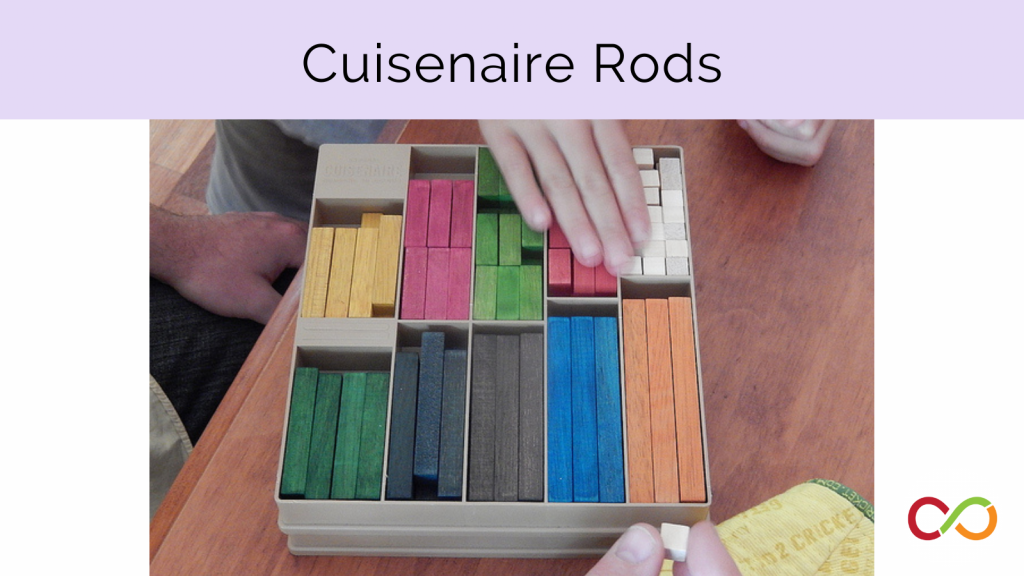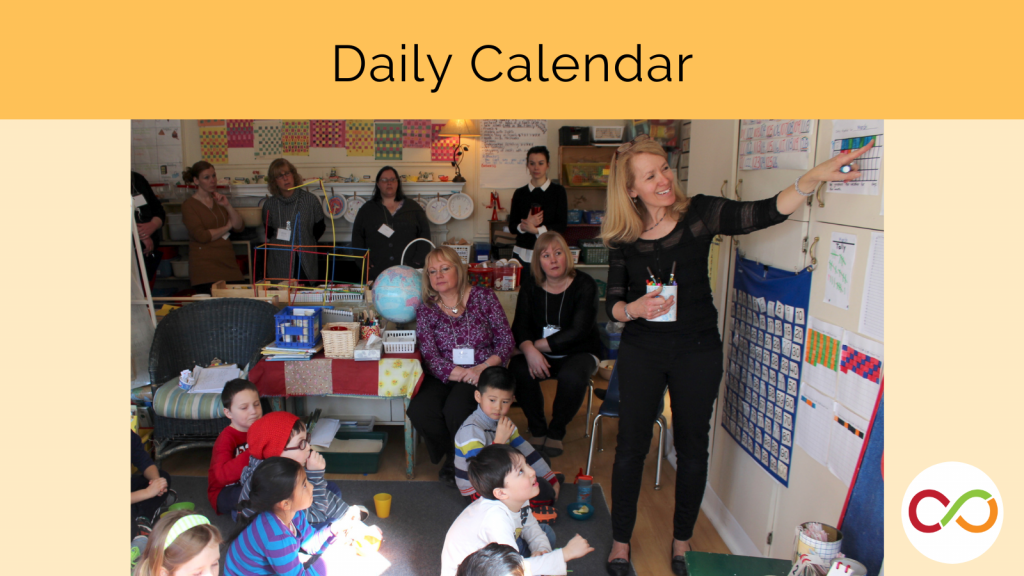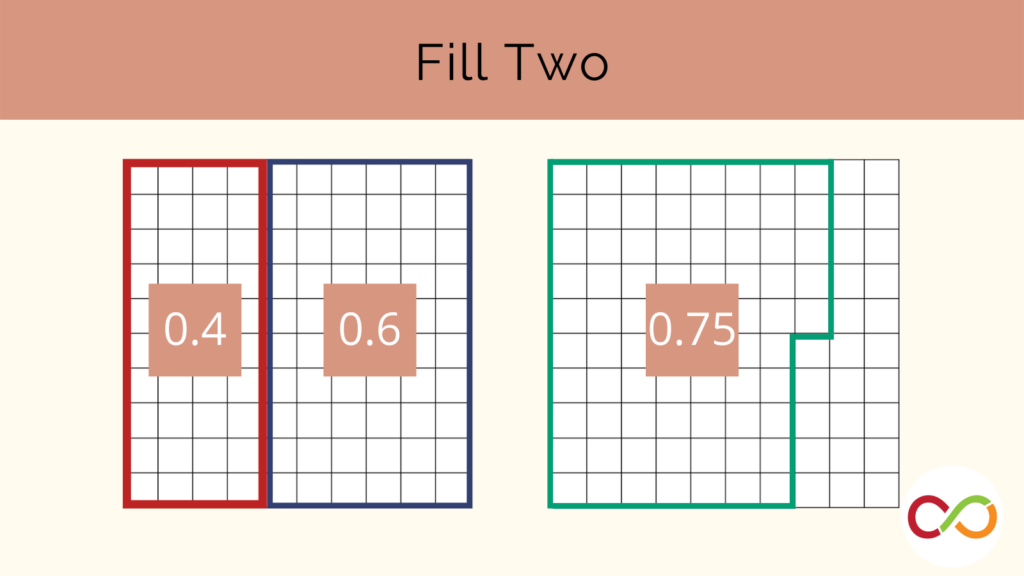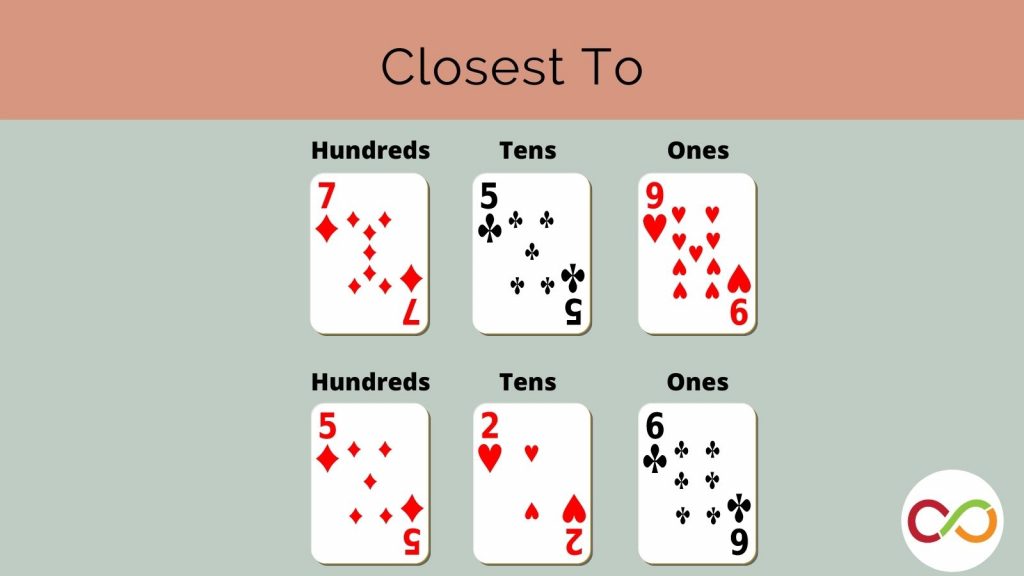
Understanding place value is foundational to conceptualizing number
It is imperative that children understand how one number relates to another when navigating our base-ten-dependent society. Yet, an alarming number of North American students progress through the education system with flawed understandings of how the placement of a digit in a number impacts its value (Burns, 2021). The ability to distinguish between face value and place value leads to a stronger understanding of regrouping, addition, and subtraction of multidigit numbers, along with advanced computations.
When primary students work with multi-digit numbers, they often lack knowledge to distinguish between place and face value (MacDonald et al., 2018). Place value describes the position of a digit in a number to determines its value, while face value, also known as nominal value, is the digit itself. Underdeveloped place value skills emerge when students are learning to regroup, advance to the next decade, and/or translate a number from verbal to written form. Misconceptions among these number systems can gatekeep learners from entering and pursuing future math-based opportunities (Themane & Luneta, 2021). However, place value-centered interventions can help students overcome misconceptions.
Primary students are often comfortable writing, counting, and comparing numbers up to one hundred (Burns, 2021). They also often learn about place value through paper and pencil engagement activities. Paper handouts tend to be prematurely distributed and then used as the principle source to develop a child’s understanding of place value (Lee, 2021). For example, evidence suggests many students are under the impression that place value is about identifying and matching numbers into place value columns (Burns, 2021). Identifying and matching numbers are core skills practiced and learned through worksheets. Instead of worksheets acting as the dominant means to develop place value comprehension, it may be more advantageous to use worksheets as a means to reinforce accurate ways of knowing and thinking.
The ability to identify and match numbers is important, but what is often missing is the foundational understanding of place value. Interview-style approaches can reveal how a student thinks about ones, tens and eventually hundreds, thousands, and beyond.
Place value lessons
An early years lesson investigating the relationships between numbers by comparing cuisenaire rods.
A daily primary lesson with many short activities exploring the concept of place value.
A junior lesson requiring students to model ones, tens, and hundredths as they race to fill in a grid.
Clinical interviews emphasize student strength, reveal areas of improvement
Educators wanting to observe a student’s comprehension of place and face value should consider conducting a clinical interview. Assessing student learning via clinical interviews allows educators to attend to misconceptions and erroneous ways of thinking before they become barriers that inhibit learning trajectories (Cheung & Ansari, 2021). Data collected from math interviews can be used to as a tool to correct students’ mathematical misconceptions (Klahr et el., 2011). Additionally, the approach provides educators an opportunity to differentiate instruction based on student needs (Lee, 2021). Clinical interviews seek to emphasize areas of student strengths while uncovering areas of improvement.
When children memorize the order of numbers, they can reliably plugin missing digits or rank a set of numbers from least to greatest (Burns, 2021). This suggests students can memorize numbers without understanding place value. Unseen misunderstandings become visible when students are asked to explain, express, or rationalize solutions regarding place value. Additionally, this further indicates that correct answers do not imply correct ways of knowing. Many times, correct answers are rarely challenged which can lead to misconceptions going undetected. Uncovering this evidence suggests that sheer memorization of familiar numbers can impersonate a faulty understanding of place value.
Longstanding math educator Marilyn Burns demonstrates how to conduct a clinical interview when assessing student understanding of place value.
Understanding interview questions
An interview question should be thought-provoking and telling of a child’s understanding. Questions should be direct and short to accommodate children’s limited working memory (Simms et al., 2018). This may look like focusing a student on one place value column at a time to minimize cognitive load. Interviews allow teachers to explicitly understand the student’s thought process and to unveil any misconceptions or errors that may be present. Interviews act as a tool to support educators understand and reveal how children are interpreting thinking about place value columns in a friendly and welcoming learning environment.
Further probing questions can also be supplemented to gain deeper insights into a child’s current knowledge. Follow-up questions can scaffold student thinking by targeting areas of thinking where comprehension becomes misconstrued. For example, in the Place Value Assessment, students who do not demonstrate an understanding of the value of the ones and tens columns can be prompted to explain the purpose of the remaining cubes. For students who demonstrate an understanding, they can be challenged to determine the total number of blocks when either increasing or decreasing to the former or latter decade. It is important to ensure students are continuously updating their current cognitive structures to accommodate new accurate knowledge. Interview data can be used by the educator to assess whether modifications and differentiated instruction was successful by reconducting interviews in the future.
Place value assessment
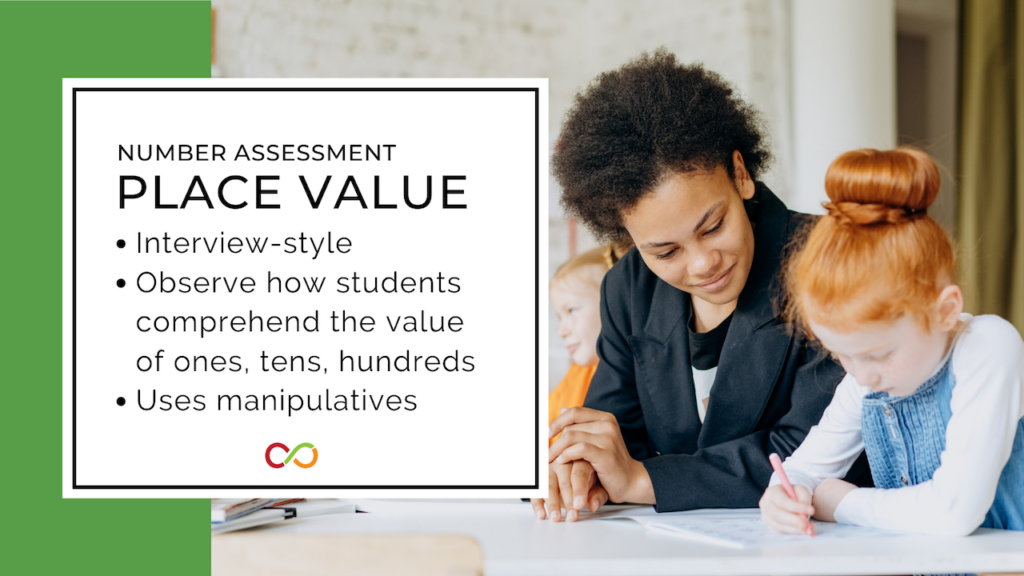
- An interview-style assessment identifying misunderstandings about place value
- Using manipulatives, observe how students comprehend the value of ones, tens, hundreds, etc.
- Assessment results provide a foundation for informed and differentiated instruction.
Place value in the real world
Bringing in real-world and everyday applications of place value can be an effective way to engage students after the interview process. Helping students to recognize place value in the real world encourages students to translate their learning from theoretical to practical. Bringing real world contexts into the classroom is important as place value is an abstract way of thinking and often children do not recognize how math concepts apply to everyday and individual lives. In the classroom, this could include activities that require the use of coins, rulers, and scales. The Robertson Program game, Closet To, develops place value comprehension skills. Outside the classroom, this could look like a walk around the school’s neighbourhood identifying one, two, and eventually three- and four-digit numbers. Using real world examples can help students grasp and develop the idea that the base-ten number system is an organization tool that can be used to ground concepts.
A primary/junior lesson students develop place value comprehension, probability, and social-emotional skills.
References
Burns, M. (2021). Place value: How to assess students’ understanding. MARILYN BURNS MATH. Retrieved February 12, 2022, from https://marilynburnsmath.com/place-value-how-to-assess-students-understanding/
Cheung, P., & Ansari, D. (2021). Cracking the code of place value: The relationship between place and value takes years to master. Developmental psychology, 57(2), 227.
Disney, A., & Eisenreich, H. (2018). Deepening Place Value Understanding in K-2 Through Explanation and Justification. In Proceedings of the Interdisciplinary STEM Teaching and Learning Conference: Vol (Vol. 2, p. 9).
Ginsburg, H. (n.d.). What Children Know and Need to Learn about Counting. Development and Research in Early Math Education (DREME) Network. Retrieved February 12, 2022, from https://prek-math-te.stanford.edu/counting/what-children-know-and-need-learn-about-counting
Klahr, D. Zimmerman, C. & Jirout, J. (2011). Educational interventions to advance children’s scientific thinking. Science, 333, 971-974.
Lee, M. Y. (2021). The potential relationship between clinical interview skills and mathematics teacher noticing: An exploratory study. International Journal of Science and Mathematics Education, 19(4), 793-814.
MacDonald, B. L., Westenskow, A., Moyer‐Packenham, P. S., & Child, B. (2018). Components of place value understanding: Targeting mathematical difficulties when providing interventions. School Science and Mathematics, 118(1-2), 17-29.
Rojo, M. M., Knight, B., & Bryant, D. P. (2021). Teaching Place Value to Students With Learning Disabilities in Mathematics. Intervention in School and Clinic, 57(1), 32-40.
Simms, N. K., Frausel, R. R., & Richland, L. E. (2018). Working memory predicts children’s analogical reasoning. Journal of experimental child psychology, 166, 160-177.
Author

Hannah Genich
Student Teacher, MACSE Teacher Education Program (OISE/U of T)

